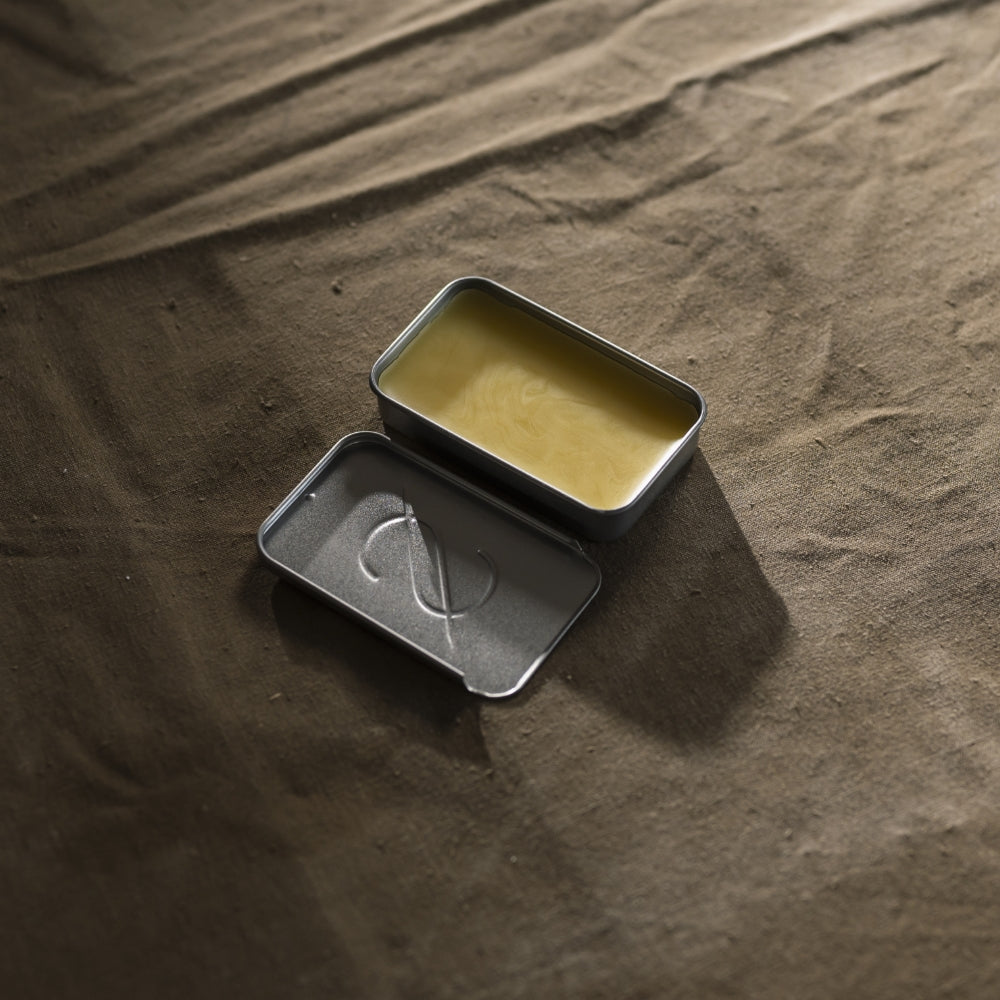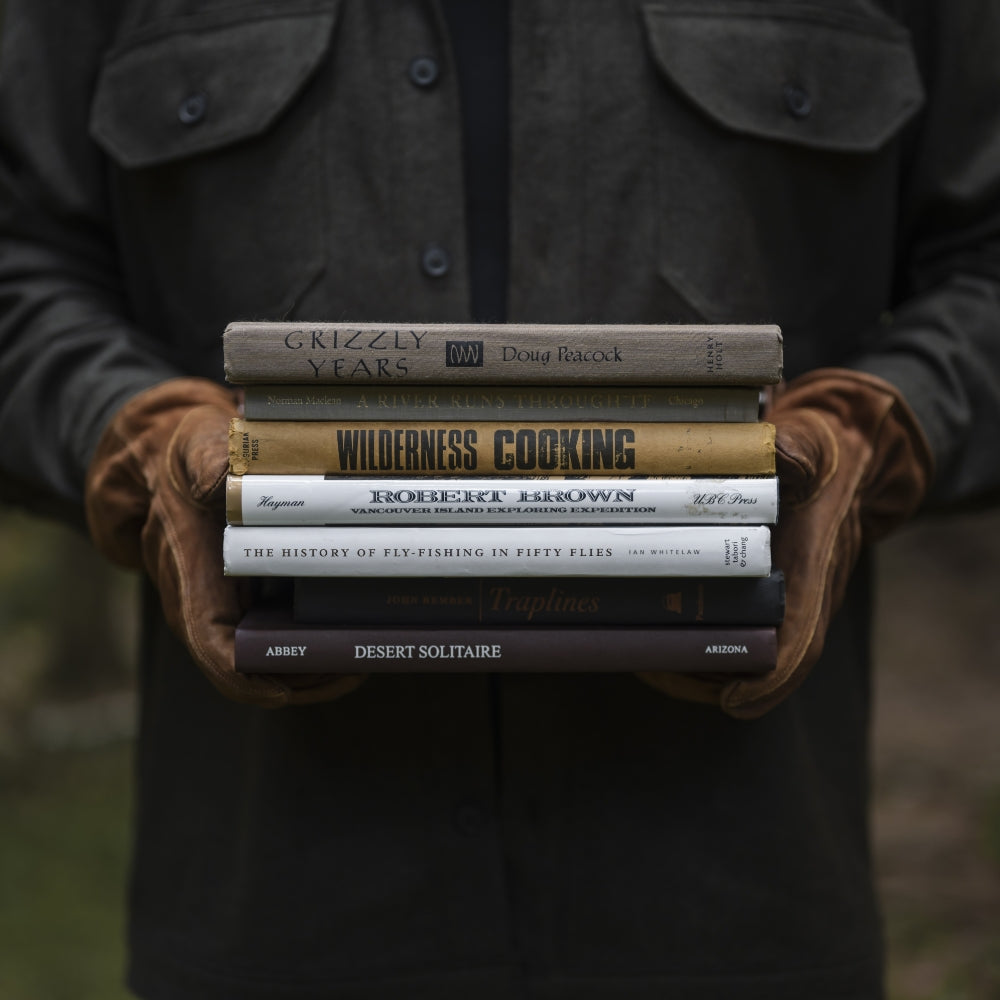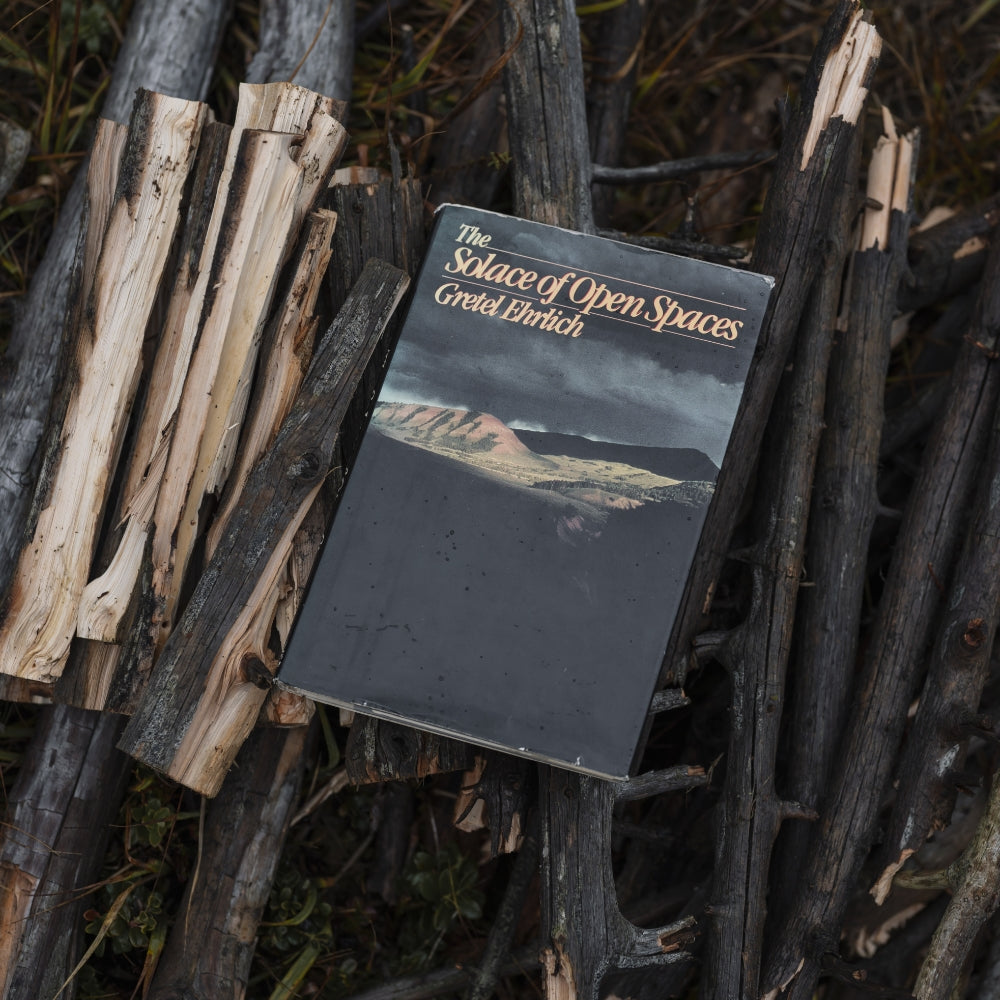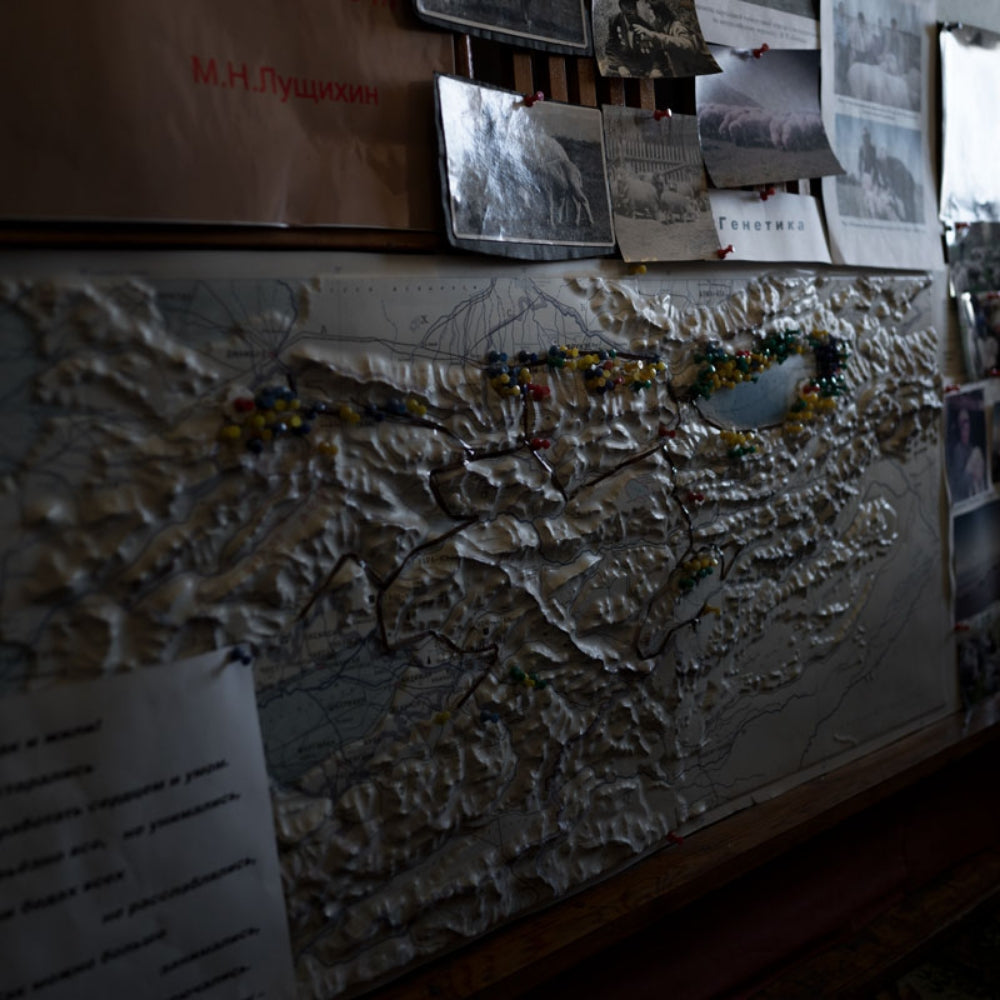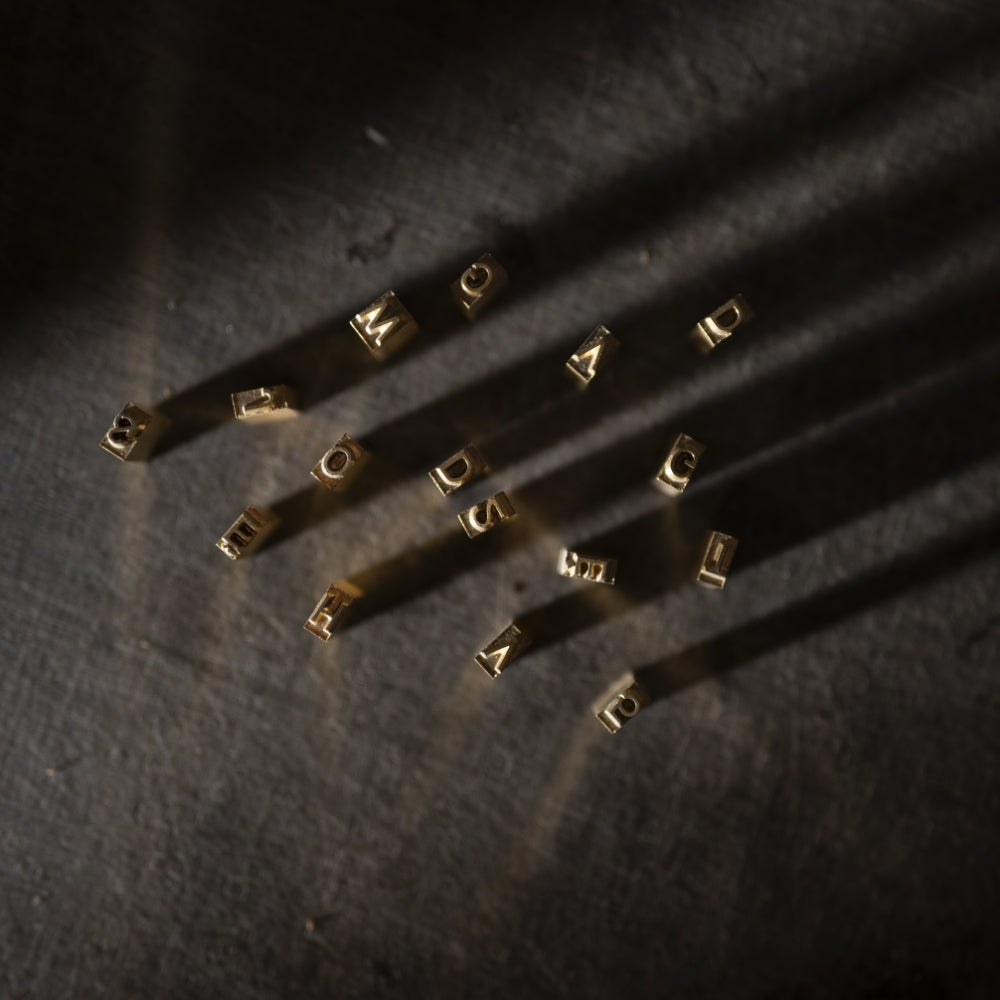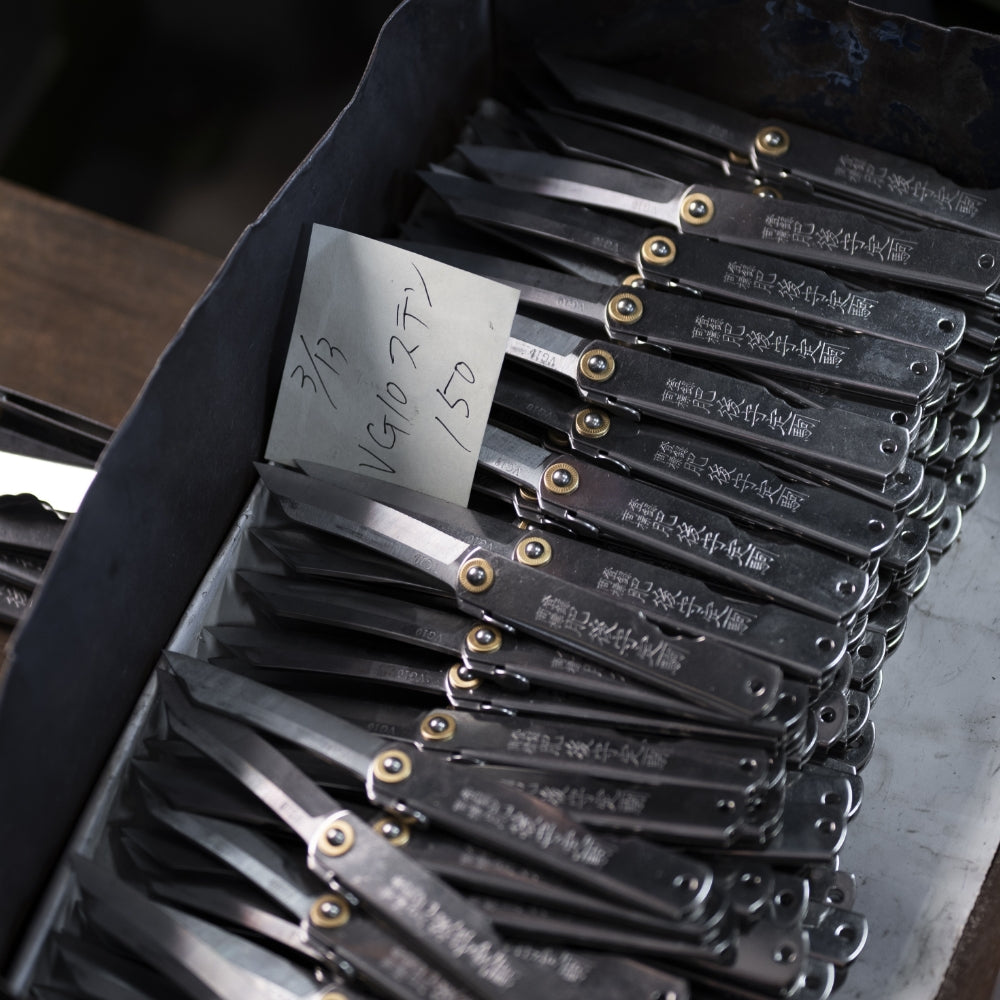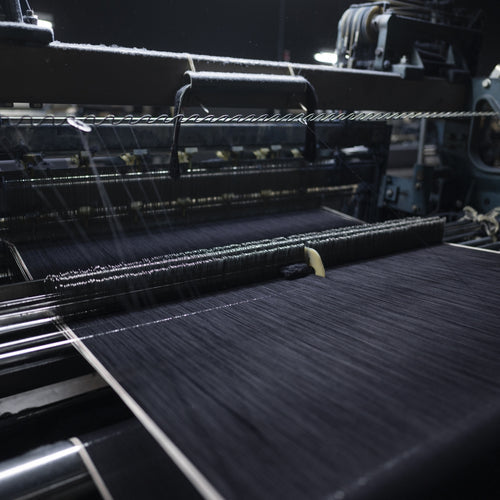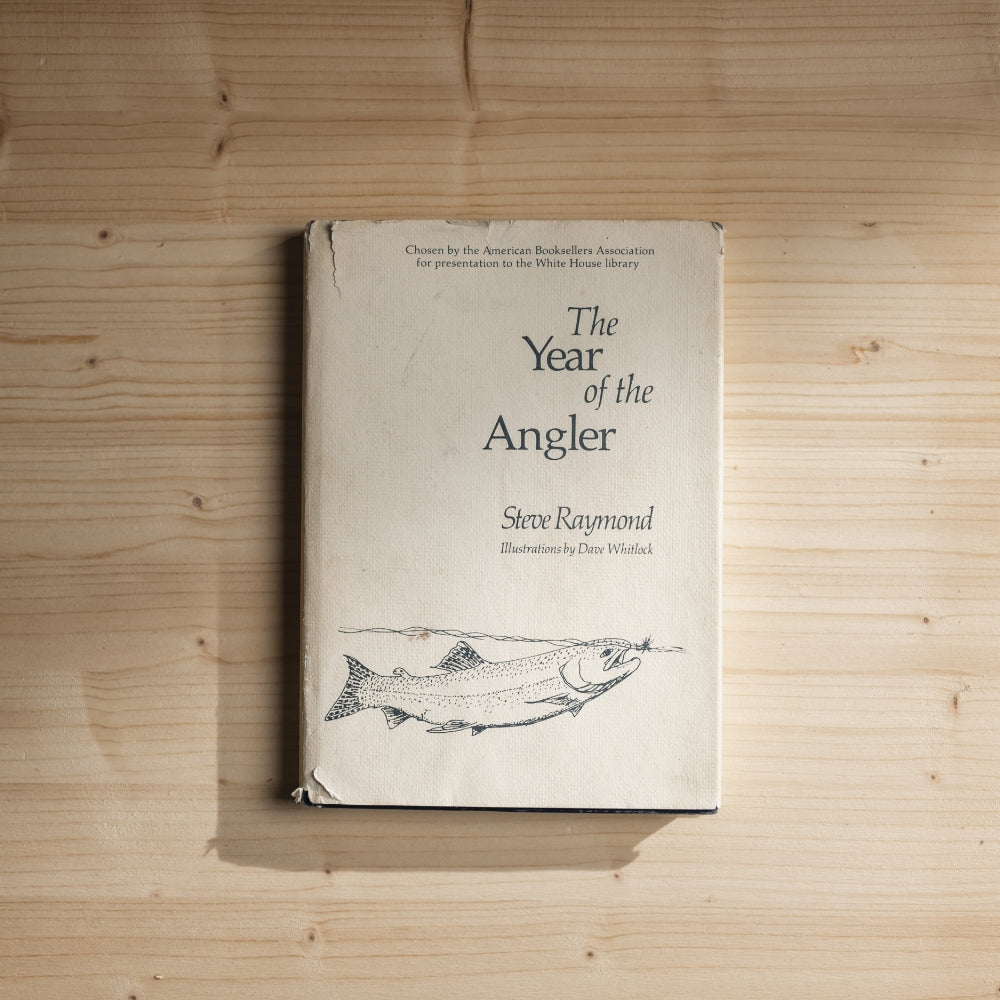Jared Diamond's "Guns, Germs, and Steel" is a compelling exploration of the patterns of human history, dissecting the grand, often brutal forces that have shaped the modern world. With a narrative that is as insightful as it is expansive, Diamond proposes a fundamental question: Why did history unfold differently on different continents?

The book opens with a question posed to Diamond by Yali, a politically astute New Guinean, who asks, "Why is it that you white people developed so much cargo and brought it to New Guinea, but we black people had little cargo of our own?" This inquiry forms the bedrock of Diamond's thesis: that environmental factors, rather than inherent differences in human intelligence or ingenuity, have propelled some societies to technological and political dominance.
Diamond argues that the axes of the continents influenced the spread of crops, livestock, and technology. In Eurasia, the east-west axis allowed for a greater transfer of goods and ideas that helped societies develop complex technologies and political systems. In contrast, the north-south axes of the Americas and Africa posed significant barriers to the exchange, slowing progress.
The narrative delves deep into the domestication of plants and animals, positing that agriculture's rise provided the surplus resources necessary to support high-density settlements, specialized jobs, and centralized governments. These factors, Diamond suggests, contributed to the development of writing, technology, and, crucially, weapons.
Diamond also discusses the sinister role of germs in human history. European colonizers brought diseases to which they had immunities but were deadly to indigenous populations, leading to catastrophic declines and making conquests easier, albeit tragically.
"Guns, Germs, and Steel" is not merely an academic treatise but a profound meditation on human society and our shared past. It challenges the notion that cultural or genetic superiority determined the fates of societies and instead looks to the ground beneath our feet for explanations.
The depth and breadth of Diamond’s research are impressive, weaving anthropology, biology, and history into a narrative that crosses millennia and continents. He supports his argument with a rich tapestry of scientific data, historical documentation, and personal anecdotes, making the complex interplay of forces shaping human history accessible and engaging.
This book is a masterful account that challenges preconceptions about the development of human societies and offers a new appreciation for the natural and technological environments that continue to shape our world. It is an essential read for those who ponder the inequalities of societies and seek a deeper understanding of the forces that drive the course of history. For the adventurer and the curious alike, Diamond’s work offers not just explanations but a call to look deeper into the stories we think we know.

